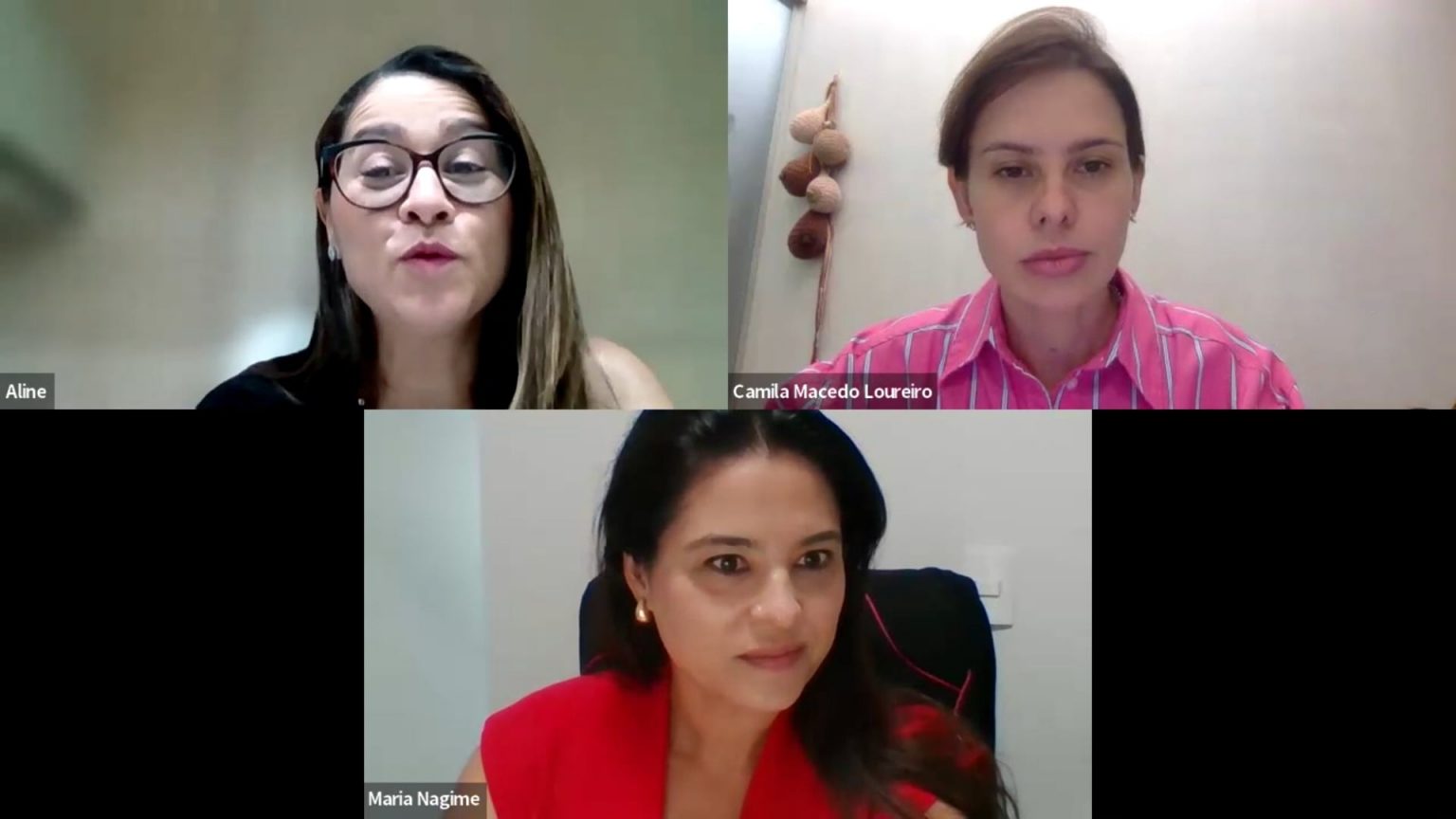Artigo
Completion axillary lymph node dissection for the identification of pN2–3 status as an indication for adjuvant CDK4/6 inhibitor treatment: a post-hoc analysis of the randomised, phase 3 SENOMAC trial
SUMMARY
Background: In luminal breast cancer, adjuvant CDK4/6 inhibitors (eg, abemaciclib) improve invasive disease-free survival. In patients with T1–2, grade 1–2 tumours, and one or two sentinel lymph node metastases, completion axillary lymph node dissection (cALND) is the only prognostic tool available that can reveal four or more nodal metastases (pN2–3), which is the only indication for adjuvant abemaciclib in this setting. However, this technique can lead to substantial arm morbidity in patients. We aimed to pragmatically describe the potential benefit and harm of this strategy on the individual patient level in patients from the ongoing SENOMAC trial.
Methods: In the randomised, phase 3, SENOMAC trial, patients aged 18 years or older, of any performance status, with clinically node-negative T1–T3 breast cancer and one or two sentinel node macrometastases from 67 sites in five European countries (Denmark, Germany, Greece, Italy, and Sweden) were randomly assigned (1:1), via permutated block randomisation (random block size of 2 and 4) stratified by country, to either cALND or its omission (ie, they had a sentinel lymph node biopsy only). The primary outcome is overall survival, which is yet to be reported. In this posthoc analysis, patients from the SENOMAC per-protocol population, with luminal oestrogen-receptor positive, HER2- negative, T1–2, histological grade 1–2 breast cancer, with tumour size of 5 cm or smaller were selected to match the characteristics of cohort 1 of the monarchE trial who would only have an indication for adjuvant abemaciclib if found to have 4 or more nodal metastases. The primary study objective was to determine the number of patients who developed patient-reported severe or very severe impairment of physical arm function after cALND (as measured by the Lymphedema Functioning, Disability, and Health [Lymph-ICF] Questionnaire) 1 year after surgery to avoid one invasive disease-free survival event at 5 years with 2 years of adjuvant abemaciclib, using invasive disease-free survival event data from cohort 1 of the monarchE trial. The SENOMAC trial is registered with ClincialTrials.gov, NCT02240472, and is closed to accrual and ongoing.
Findings: Between Jan 31, 2015, and Dec 31, 2021, 2766 patients were enrolled in SENOMAC and randomly assigned to cALND (n=1384) or sentinel node biopsy only (n=1382), of whom 2540 were included in the per-protocol population. 1705 (67%) of 2540 patients met this post-hoc study’s eligibility criteria, of whom 802 (47%) had a cALND and 903 (53%) had a sentinel lymph node biopsy only. Median age at randomisation was 62 years (IQR 52–71), 1699 (>99%) of 1705 patients were female, and six (<1%) were male. Among 1342 patients who responded to questionnaires, after a median follow-up of 45∙2 months (IQR 25∙6–59∙8; data cutoff Nov 17, 2023), patient-reported severe or very severe impairment of physical arm function was reported in 84 (13%) of 634 patients who had cALND versus 30 (4%) of 708 who had sentinel lymph node biopsy only (χ² test p<0∙0001). To avoid one invasive disease-free survival event at 5 years with adjuvant abemaciclib, cALND would need to be performed in 104 patients, and would result in nine patients having severe or very severe impairment of physical arm function 1 year after surgery.
Interpretation: As a method to potentially identify an indication for abemaciclib, and subsequently avoid invasive disease-free survival events at 5 years with 2 years of adjuvant abemaciclib, cALND carries a substantial risk of severe or very severe arm morbidity and so cALND should be discouraged for this purpose.
Funding Swedish Research Council, the Swedish Cancer Society, the Nordic Cancer Union, and the Swedish Breast Cancer Association.
Compartilhar em:
Comentários
Cursos Relacionados
0
Conteúdos Relacionados
Comentários
Deixe um comentário Cancelar resposta
Você precisa fazer o login para publicar um comentário.












